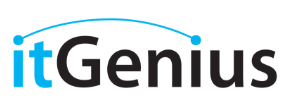In the dynamic landscape of modern business, employee turnover is a frequent event. When employees depart, it becomes imperative for business proprietors to guarantee the smooth transfer of their data while preserving its security and accessibility. This guide will delve into effective techniques for data offboarding, encompassing options such as Google Takeout, Google's native tools, and third-party solutions. Additionally, we will present a recommended strategy for business proprietors to enhance data management when employees leave the organization.
Google Takeout: A Double-Edged Sword
Google Takeout, provided by Google, is a readily available option for backing up and migrating data. However, it comes with its pros and cons:
- Pros:
- User-friendly interface.
- Accessible to all Google account holders.
- Provides a full dump of the entire account, ensuring nothing is left behind.
- Cons:
- Can be slow and unreliable, especially for large accounts.
- May overwhelm users with unnecessary data, including web history and photos.
- Lacks granularity, making it challenging to select specific data types.
While Google Takeout can be a quick solution for small-scale data offboarding, it might not be the ideal choice for business owners aiming to streamline the process and retain only essential data.
Prioritizing Essential Data
For business owners, the priority is often retaining crucial data such as emails, calendar entries, and created files during the offboarding process. Here's why:
- Emails: Important conversations, agreements, and history often reside in email communications. These need to be preserved for reference and compliance.
- Calendar Data: Calendar entries contain vital information about meetings, appointments, and deadlines. Retaining them ensures continuity and avoids scheduling conflicts.
- Created Files: Documents, presentations, and spreadsheets are valuable assets. They must be saved to maintain business operations.
Three Ways to Offboard Data
When it comes to offboarding data, you have three primary options:
- Google Takeout: As mentioned earlier, this is a straightforward but somewhat limited method, especially for businesses with specific data retention needs.
- Google's Built-in Tools: Google Workspace provides an admin migration tool, which can be used to transfer data from one mailbox to another. However, it has its drawbacks:
- It occasionally exhibits issues with speed and reliability.
- It might not provide the level of control and granularity needed for complex data offboarding.
- Third-Party Solutions: A highly recommended approach is to leverage third-party solutions. These professional tools allow seamless Cloud-to-Cloud migration in the background, minimizing the burden on your end. Some benefits include:
- Efficient and reliable data migration.
- Granular control over data types and sources.
- No need for manual intervention.
- Faster transfer, even for large accounts.
Choosing the Right Solution
While Google Takeout and Google's built-in tools are accessible and suitable for small-scale operations, businesses should consider third-party solutions for smoother data offboarding processes. These solutions offer unparalleled control and efficiency, enabling you to create a full copy of an account seamlessly.

Centralized Archive: Best Practice
Once you've chosen a method for data offboarding, it's essential to have a structured approach to storing the data. We recommend creating a centralized archive account within your Google administrator panel. Here's how it benefits your business:
- Efficient Data Management: All data from departed employees is stored in one location, simplifying data retrieval and management.
- Improved Customer Communication: You can set up custom out-of-office responses for the departed employee's email alias. This ensures that customers receive a professional message, rather than bounced emails, after the user is deleted.
- Easy Access and Compliance: Archived data is easily accessible for reference, audits, or compliance purposes, ensuring your business stays organized and compliant.
How Small Businesses Can Benefit
Small businesses, in particular, can reap numerous benefits from streamlined data offboarding processes:
- Cost-Efficiency: Third-party solutions often offer competitive pricing, making them affordable for small businesses with limited budgets.
- Time-Saving: Small business owners wear many hats. Using efficient data offboarding tools allows them to save time and focus on other critical tasks.
- Data Security: Small businesses can maintain better data security by ensuring that no critical information is lost or misplaced during employee departures.
- Professionalism: The ability to set up custom out-of-office responses and seamlessly manage archived data projects professionalism to clients and partners.
In the ever-evolving business landscape, employee departures are inevitable. However, with the right approach to data offboarding, business owners can ensure a smooth transition, maintain data integrity, and improve overall efficiency. While Google Takeout and built-in tools have their merits, the use of third-party solutions and a centralized archive account is a highly recommended practice for businesses seeking a robust and streamlined data offboarding process.
Remember, the key to successful data offboarding is not just about backing up and migrating data; it's about doing so efficiently and with a focus on maintaining essential information for the continued success of your business. Small businesses, in particular, stand to gain significantly from these practices, ensuring they can thrive in an ever-competitive marketplace.




